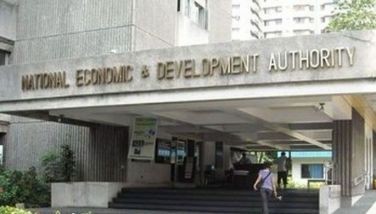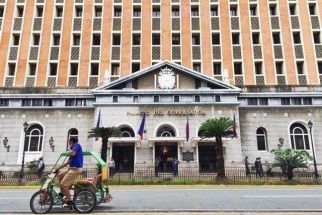Lesser known and unappreciated seagrass struggles for attention, conservation
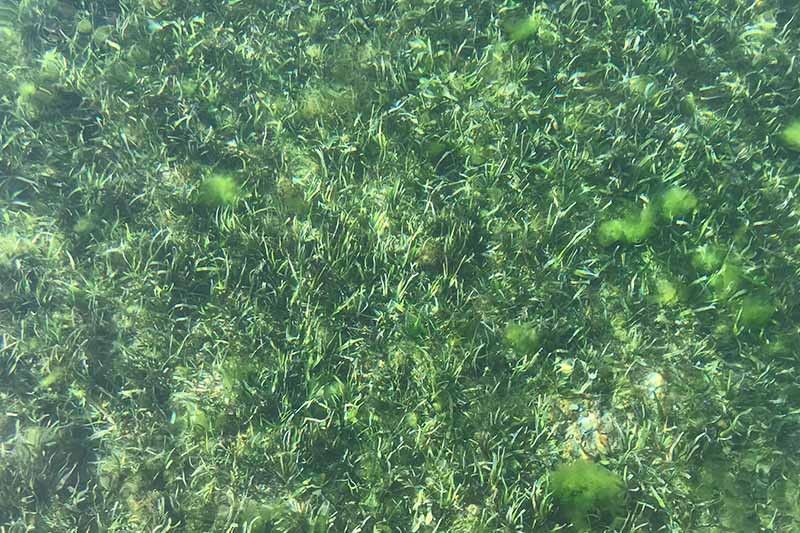
But the future of seagrass 'much brighter' now, says expert
MANILA, Philippines — Miguel Fortes’ involvement in seagrass research began in the early 1980s, on an island in Germany where seagrasses used to thrive. One day, a colleague ran toward him excitedly, with seagrass in hand.
“I told myself, we have a lot of this plant in the Philippines, but nobody ever bothered to study it,” said Fortes, a coastal ecologist and retired professor from the University of the Philippines Marine Science Institute.
Three decades later, seagrass remains the least studied among coastal habitats despite providing a plethora of highly valuable ecosystem services and nature-based solutions to tackle the impacts of climate change.
In the Philippines, there are many unknowns about the status of seagrass unlike coral reefs and mangroves that more researchers focus on. In his studies, Fortes said the seagrass ecosystem has been a focus of scientific inquiry only in the last 30 years, and as an object of conservation in the last 15 years.
This incomplete picture makes it difficult for conservation groups to raise awareness of their importance, especially to coastal communities, and for policymakers to develop strategies to manage seagrass meadows.
‘Less attractive ecosystem’
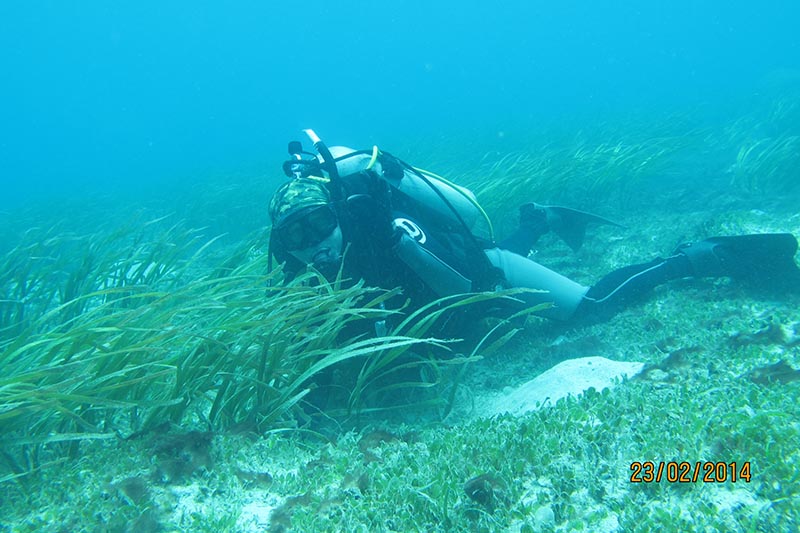
Seagrasses are marine flowering plants that are found in shallow waters. They improve water quality, support rich marine biodiversity, and provide food and livelihood to people.
For a country like the Philippines that is vulnerable to climate-related impacts, seagrass meadows provide opportunities to mitigate climate change.
They are highly efficient carbon sinks, sequestering carbon from the atmosphere up to 35 times faster than tropical rainforests. This ecosystem can also help protect coastal areas by reducing wave energy.
The Philippines has one of the highest seagrass species diversity in the world, with 18 known species across the archipelago.
According to a World Bank study, there were 27,000 square kilometers of seagrass meadows in the country in 2015. An initial study of the National Mapping and Resource Information Authority in 2016 had a much lower figure of 4,700 square kilometers.
"Our efforts to validate and monitor on the ground are ongoing but definitely there’s a decline," said Criselda Castor, senior ecosystems management specialist at the Biodiversity Management Bureau.
BMB is an agency under the Department of Environment and Natural Resources (DENR).
Coastal developments, nutrient run-off, unregulated fishing and boating activities, and climate change are among the main threats to seagrass meadows.
These highlight the need for urgent conservation attention but seagrass remains an overlooked ecosystem.
Fortes, whose works serve as foundation for seagrass research in the Philippines, said the lack of interest in seagrass is rooted in the perception that the ocean should be viewed as a deep-water mass, with deep-sea fisheries and navigation as the main uses.
"Viewing the shallow portion with coral reefs and the fringing mangroves as important for tourism and fisheries was a recent development. Seagrass? It has never been comparatively that visible, since the less attractive ecosystem is sandwiched between the other two ‘more important’ habitats," Fortes said.
"Hence, with this sad scenario, we cannot expect capacity to be built, much less management policies to be developed specific for seagrass," he added.
Lack of appreciation
Mapping seagrass meadows is an important step in any initiative to protect these habitats as it gives researchers an idea how big and how healthy the meadows are.
The Berkeley, California-based nonprofit Seacology is spearheading the Philippine Seagrass Project, which aims to promote awareness of and conservation of seagrass species in local waters.
It also mapped seagrass meadows in Puerto Galera in Oriental Mindoro . The data gathered will be incorporated in a mobile application that can be downloaded for free.
"You have to know where they are so you can protect them. For [coastal communities], it’s vague. [They ask:] ‘Where are seagrasses? Are the green ones we’re seeing seagrasses?’ So there's a lack of knowledge and people do not realize how important they are," said Ferdie Marcelo, Seacology field representative in the Philippines.
Marcelo and Fortes, in a 2018 study, said a possible solution to the lack of appreciation for seagrass is conducting an economic valuation to list how it benefits communities.
"The economic benefits of seagrasses have to be emphasized to the grassroots, the actual users. They can’t connect [seagrasses] to their income. There has to be a connection so they will see the need to protect the seagrass,” Marcelo said.
BMB’s Castor said the valuation of seagrasses is “in the pipeline.” In an emailed response, DENR’s Ecosystems Research and Development Bureau (ERDB) said it is currently implementing a valuation of goods and services of coastal ecosystems in Batangas.
RELATED: How much pawikans and blue-naped parrots contribute to the environment, tourism
Managing seagrass meadows
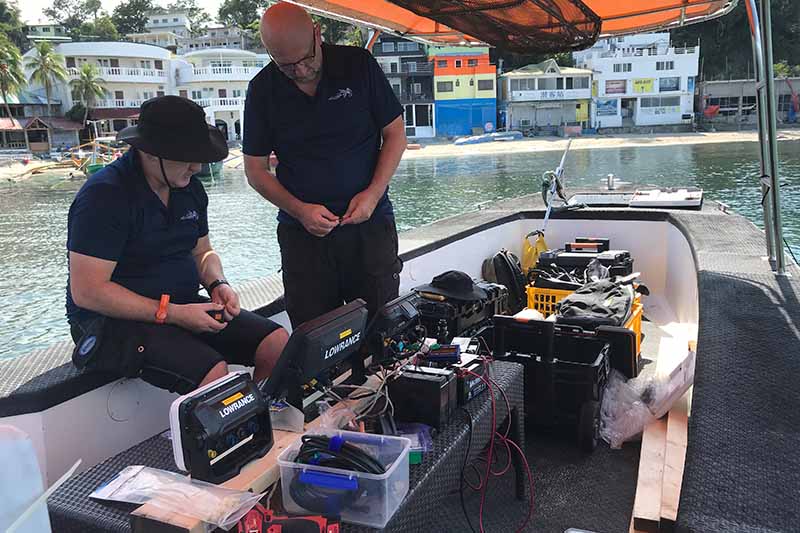
The Coastal and Marine Ecosystems Management Program (CMEMP) was established through an administrative order in 2016. The program is meant to comprehensively manage and effectively reduce the drivers of degradation of coastal and marine ecosystems such as seagrass meadows.
Under the CMEMP, the department is conducting habitat assessment and monitoring to establish trends on the condition of seagrasses, and capacity building on how to assess seagrass beds. The program also has a maintenance and protection component.
For its part, the ERDB has ongoing efforts to assess the blue carbon sequestration potential of seagrass, the productivity of seagrass, and the carrying capacity of popular coastal tourist destinations.
Castor said the government is “trying” to craft management policies specific to seagrass. In the meantime, BMB is lobbying for the inclusion of neglected but important ecosystem in the design of Marine Protected Areas.
It is also pushing to incorporate seagrass in legislative measures such as the Wildlife Resources Conservation and Protection Act.
Bright future
The future of seagrass research and conservation is “much brighter now,” Fortes said, thanks to emerging interest and expertise in the last decade. But more needs to be done—by policymakers, scientists, and communities—to conserve seagrass meadows.
One way to encourage more students and scientists to study seagrass is for educators to stress that coral reefs, mangroves, and seagrass are one natural continuum that needs collective understanding, protection, and support, Fortes said.
“[They need] to emphasize the application of seagrass knowledge in solving common issues—pollution, food shortage, climate change, coastal degradation, and ineffective conservation laws,” he said.
The scientist said policymakers should think outside the box and “look at the forest, not just the trees.”
In an article published in the journal Ocean and Coastal Management in 2018, Fortes said there were very few efforts to link seagrass science, policy and practice on the ground due to inadequate interaction among primary stakeholders.
“Key is constant dialogue with stakeholders and for the ‘educated’ to go down from their pedestal and offer service direct to the communities that need it most,” he said.
- Latest
- Trending














